Should you fast-charge an electric car?
Recharging your car isn’t quite the same as driving into a gas station and filling up your tank; your only headache is remembering which type of gas your car needs, and the whole process takes no more than five minutes. Recharging an EV isn’t like that. Not only does it take longer than filling up with gas, there’s some conflicting information on how you should recharge.
Fast charging, for instance, is the quickest way to add more miles onto your car. But at the same time, fast charging gets a bad rap over concerns that it’s worse for the long term health of the battery. But should you avoid fast charging your EV in favor of slower, more time-consuming recharge sessions?
Like many things, the answer isn’t a simple yes or no, and depends on a few different factors. So should you fast charge your electric car? Let us explain.
What are the different kinds of EV charging?
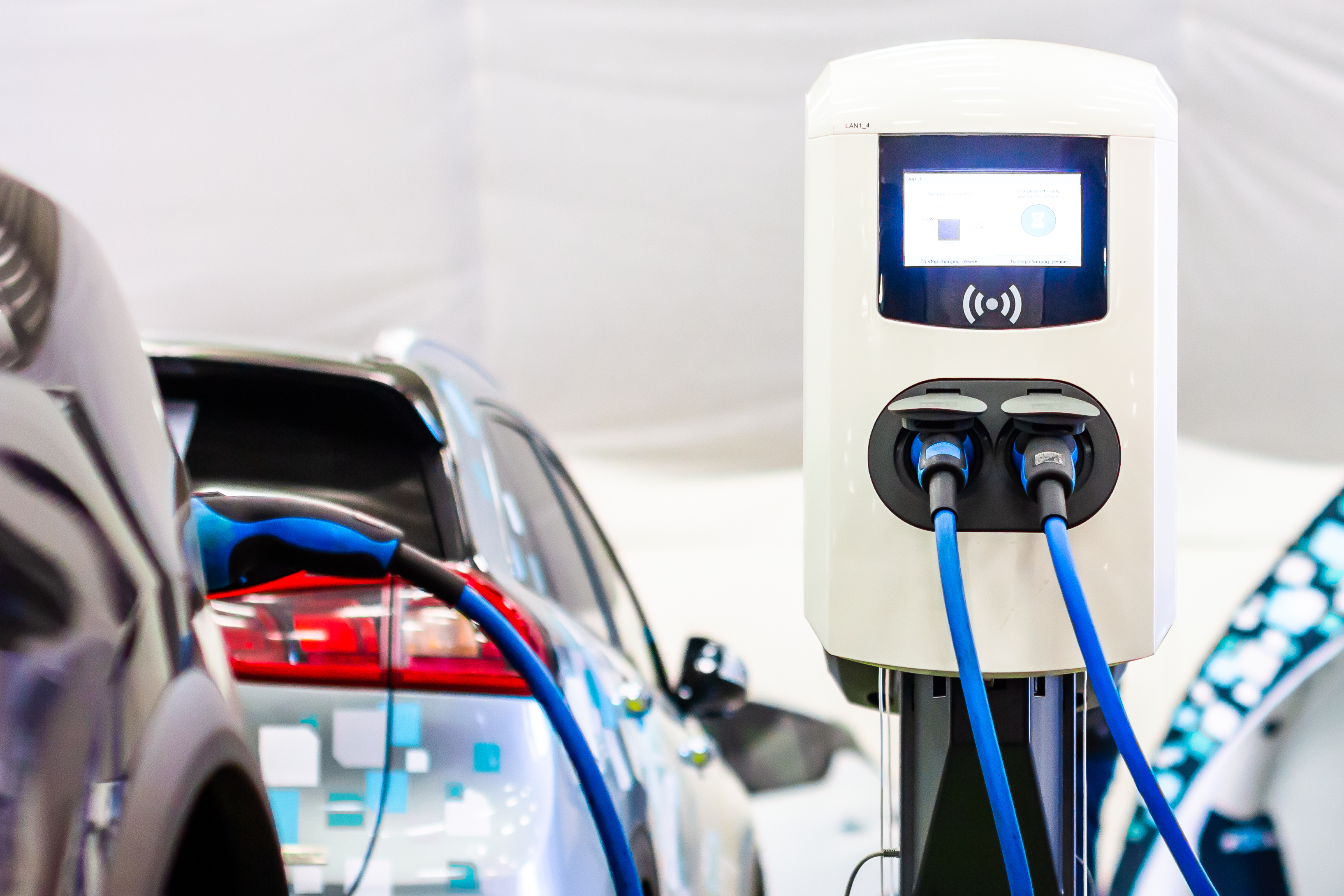
For EV owners there are three options when it comes to recharging your car. Plugging into an ordinary wall outlet, using a dedicated AC car charger, and using a DC fast charger — also known as a rapid charger.
Using a wall outlet is the simplest option, but also the slowest. Generally this means your recharge time is calculated in days, rather than hours, especially if you’re in the United States and using a 120-volt outlet.
Dedicated EV chargers are little more than glorified plug sockets for your car. But the difference is they can supply electricity much faster than the outlet you’d plug your fridge or TV into. This is true whether you had an EV charger installed at home, or if you have to use a public charging network.
DC fast charging is the quickest of the lot. By using high voltage, it’s possible to recoup the majority of your battery in anything from 20 minutes to an hour. How long it takes depends on the car and the battery, but it’s more than enough to get you back on the road as quickly as possible.
Does DC fast charging have an impact on the battery?
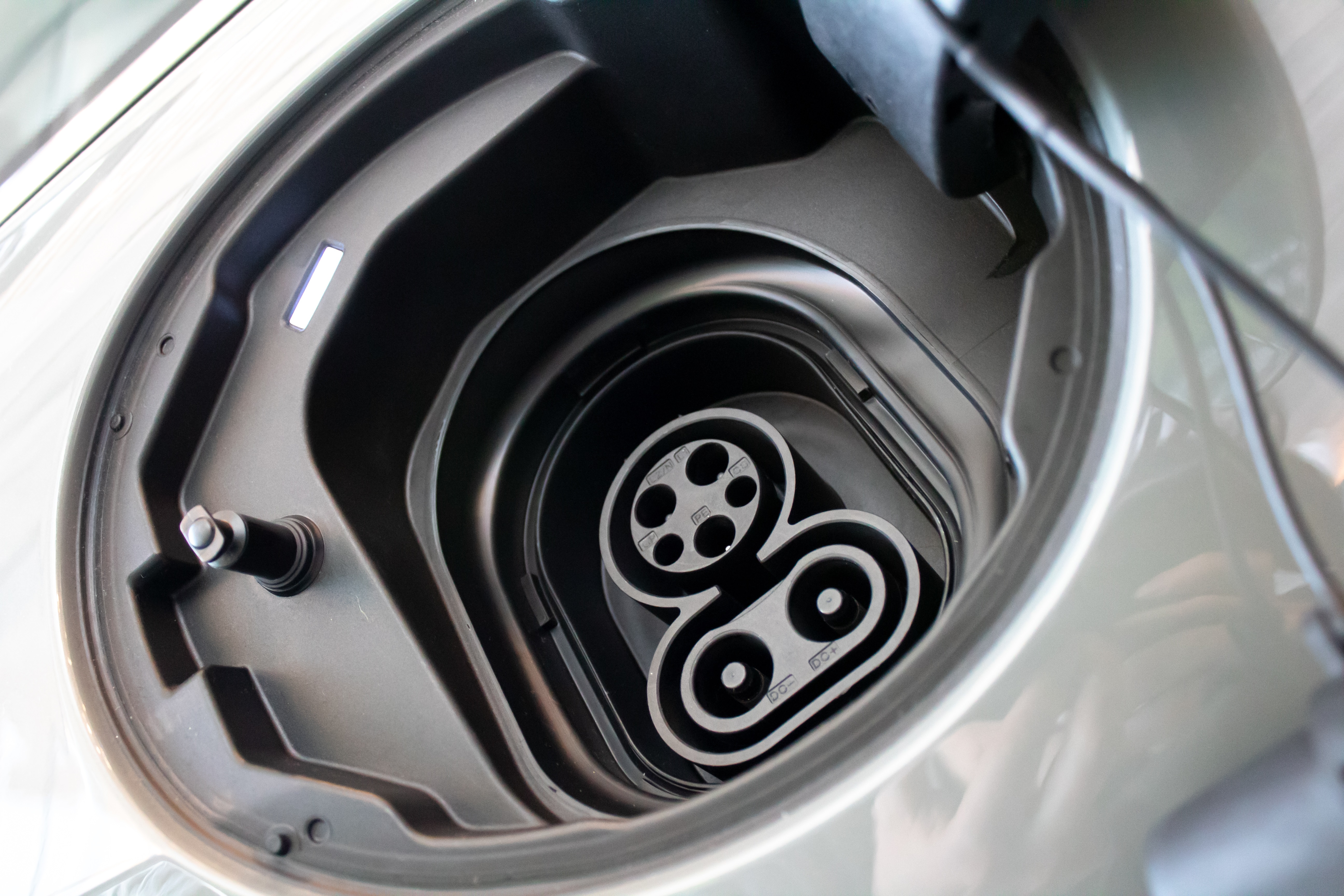
The conventional wisdom is that repeated fast charging of an EV battery can speed up its rate of degradation. In fact some automakers, like Kia, advise that you use DC fast chargers sparingly, and rely on slower AC charging for the majority of your recharging needs.
The logic behind this idea is pretty sound, because faster charging speeds tend to produce more waste heat. Heat is one of those things that can speed up the degradation of lithium ion batteries over extended periods of time.
EV batteries are going to deplete over time, because that’s just what happens when you repeatedly charge and recharge lithium-ion batteries over extended periods of time. If you’ve been rocking the same smartphone for a few years, you may notice that the battery doesn’t perform as well as it did when new. Some of this comes down to power-hungry apps you have installed, but the physical deterioration is also a factor to remember.
But just as modern smartphones have measures in place to prevent battery degradation, and improve long term battery health, so do the best electric cars. However, some cars have better systems than others.
Some automakers use active air cooling, which uses air conditioning technology to regulate battery temperature with cold airflow. Others, like Tesla, use liquid coolant to prevent heat building up in spots where it can cause damage. This all helps prevent heat buildup, preserving battery health and prolonging the use of your car.
Tesla has even claimed that its batteries retain more than 90% of their capacity after clocking up 200,000 miles.
However some older cars rely on a passive air cooling system, which is cheaper to implement but isn’t as efficient at pulling away excess heat. The Nissan Leaf is one of the best examples of this, though the practice is falling out of fashion in favor of active cooling systems. Even the Nissan Ariya is set to have liquid cooled thermal management.
The simple answer is fast charging’s effect on your battery health will depend on what kind of car you have, and what sort of thermal management system the manufacturer included.
DC fast charging isn’t always practical
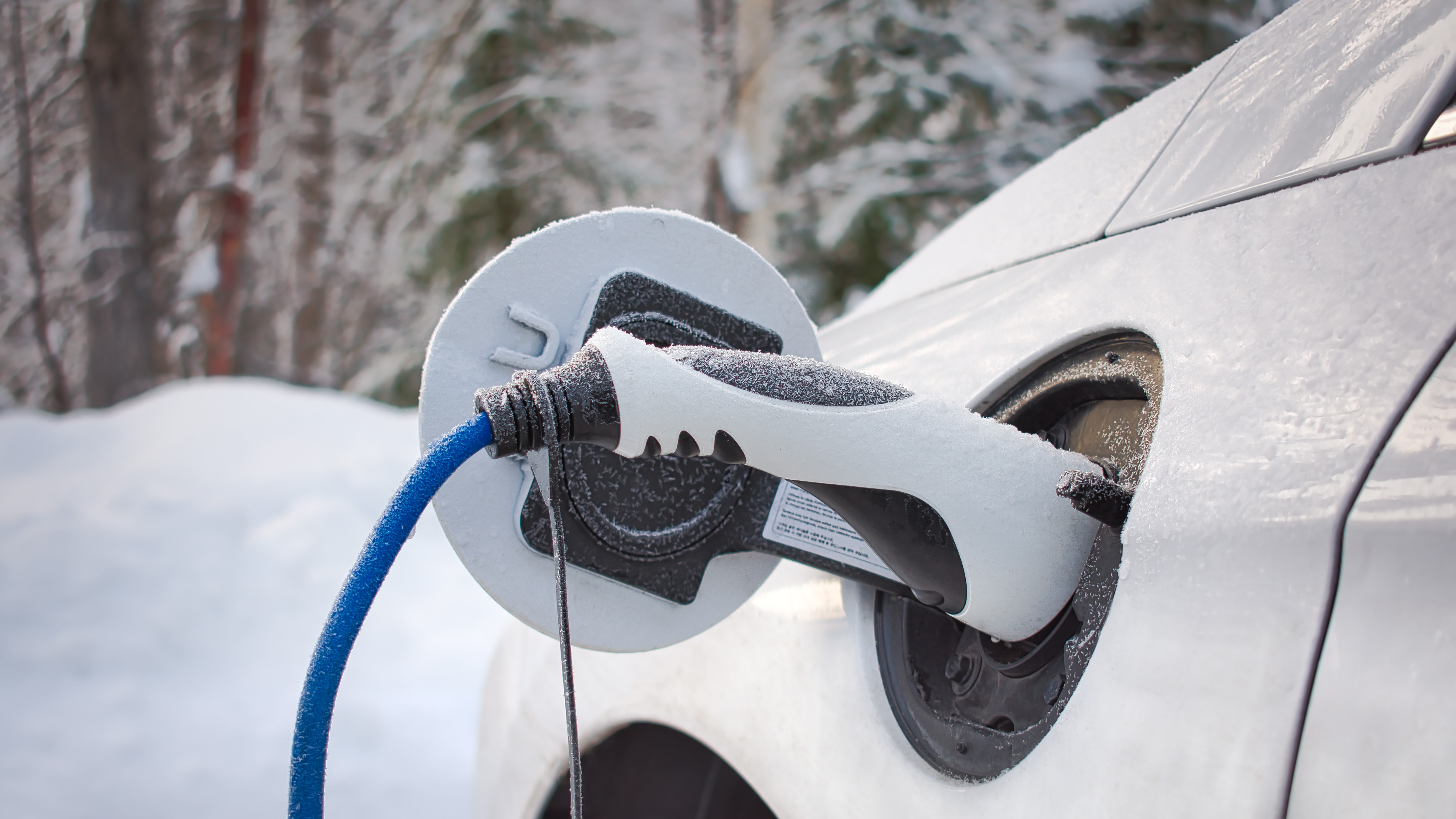
Just because you can fast charge your car doesn’t mean you always should. The fact is, most of the time, plugging into a home charger is going to be the most convenient option. You arrive home, plug in, and let your car recharge while you enjoy your evening and sleep.
Your home charger is orders of magnitude slower than a DC rapid charger, and will take several hours to complete. But that doesn’t really matter if all you’re going to do in the interim is sleep or watch TV.
Home charging solutions don’t offer DC fast charging, which means your only other option would be to use a public charging point. Not only does that make recharging more of a drag, the speed of charging means there’s a very good chance you’ll be sitting in the car, or nearby, waiting for it to finish.
Then there’s the cost factor. Recharging at home means you pay whatever the power company charges you for electricity — the same price you’d pay to run your fridge or recharge your phone. Public chargers are run by a third party who wants to make a profit on top of that, which means they typically cost more. DC chargers are the most expensive of them all because you’re paying for the privilege of faster charging.
It’s also worth mentioning that charging speed varies depending on how full your battery is. The higher the charge level, the slower it becomes, especially after you hit 80%. As you close in on 100%, charging speed can slow down so much that there’s zero advantage to using a fast charger.
With all that in mind you’re better off staying away from rapid chargers unless you really do need to recharge as fast as possible. It’s much kinder to your wallet and your level of boredom that way.
Battery care is just as important
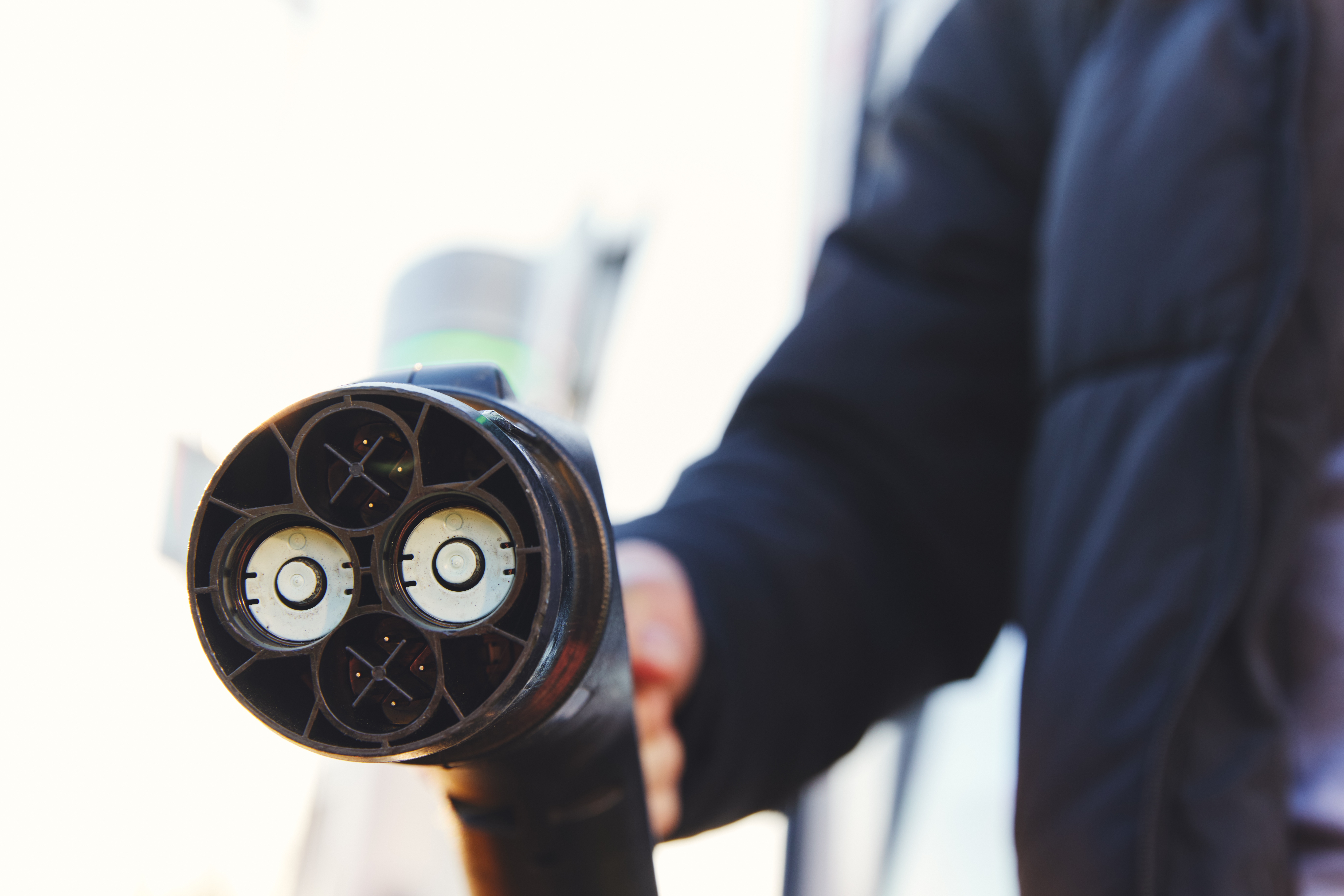
The most important thing to remember about EV ownership is looking after your battery properly. While charging speed won’t matter in the majority of cases, lithium ion batteries are still fickle things, and knowing how to keep them happy will help you preserve your battery for as long as possible.
The main point to note is that you should aim to keep the battery level between 20 and 80% whenever possible. This is because the charge level corresponds to the number of moveable lithium ions in the graphite and lithium cobalt oxide layers of the cell. Having too many ions in either later can cause additional stress, and over time that can have an impact on battery health.
Ideally 50% is the perfect point to keep your charge, since the ions are evenly distributed across the two layers. But this isn’t practical if you intend to actually drive the car, and sticking between 20 and 80% is the next best thing.
This isn’t to say you should never let your charge level fall too high or too low. There are times when you’ll need a full charge, and others when you need to drive below 20%. It just helps to minimize that where possible, and avoid leaving the car at either extreme for too long.
A few hours, or leaving it overnight won’t do much harm, but you absolutely shouldn’t leave a car fully charged or depleted for several days or weeks at a time.
So should you fast charge your EV?
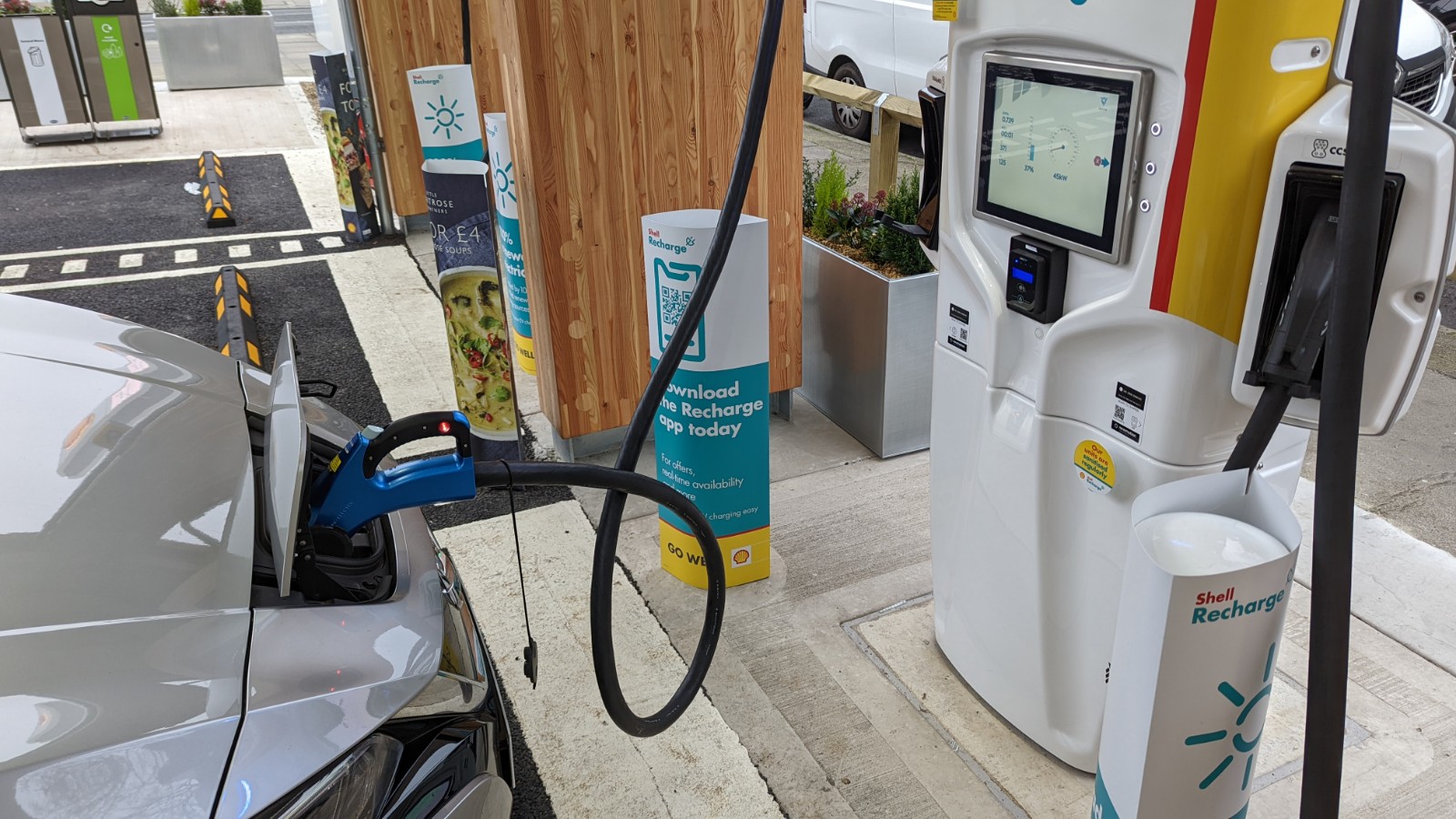
For the majority of people there’s no harm in fast charging your EV battery on a regular basis. Provided you have active battery cooling, which a lot of EVs now include as standard, it won’t be doing any damage to your car’s long term health.
If you have an older car with passive cooling, then the opposite is true. You should use fast charging where necessary, and only plug into a DC charger when it’s absolutely necessary. But that doesn’t mean you should be scared of doing so. Rapid recharging is an essential part of EV ownership, because charging up in under an hour sure beats the alternative.
There are still times when fast charging isn’t practical, though. Most of the time it’s way more convenient to plug in at home, and leave your car to recharge overnight. It’ll work out cheaper in the long run as well. Just be sure to look after your battery while you do it.
Whether you have an EV already, or you’re thinking about getting one, it always pays to make sure your car is kitted out properly. So check out the best dash cams, to keep a record of your journey, and get yourself kitted out with one of the best automotive emergency kits in case things do go wrong.
For all the latest Technology News Click Here
For the latest news and updates, follow us on Google News.
